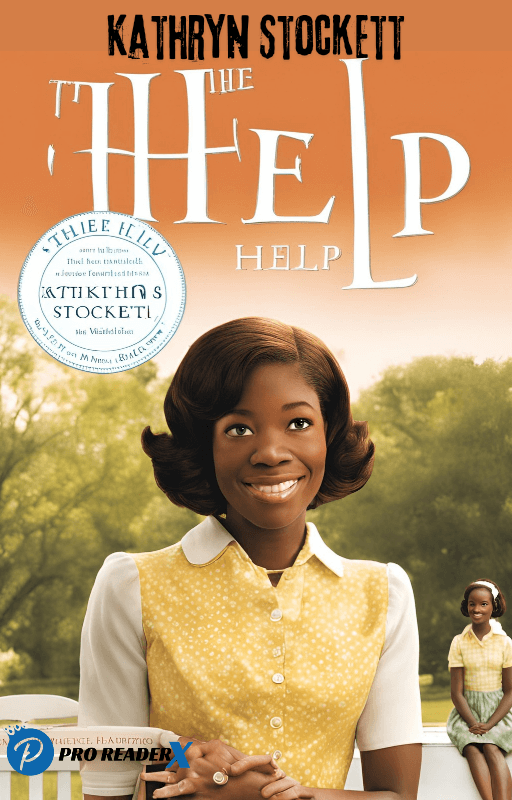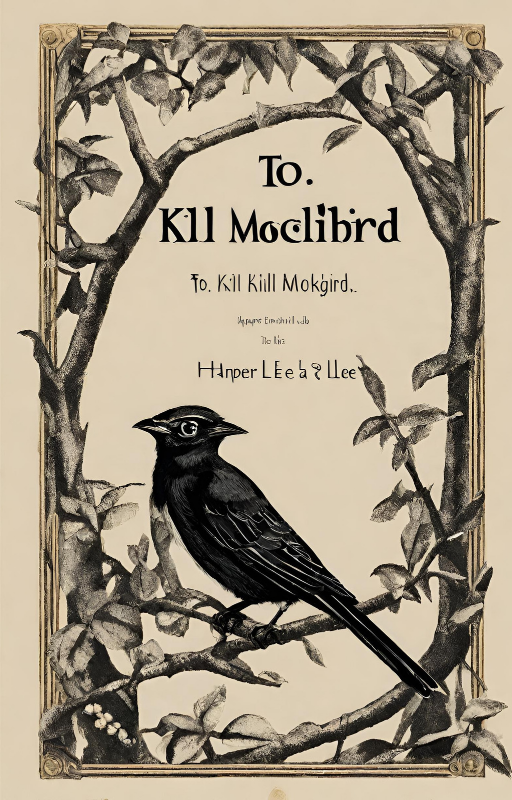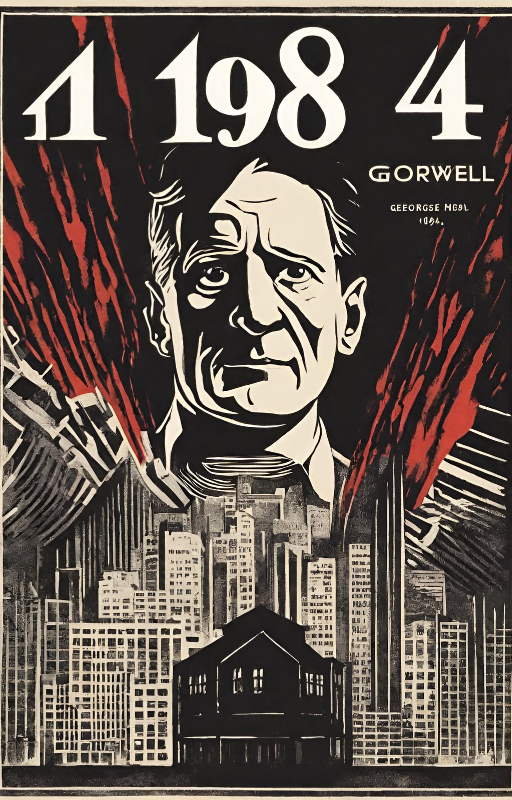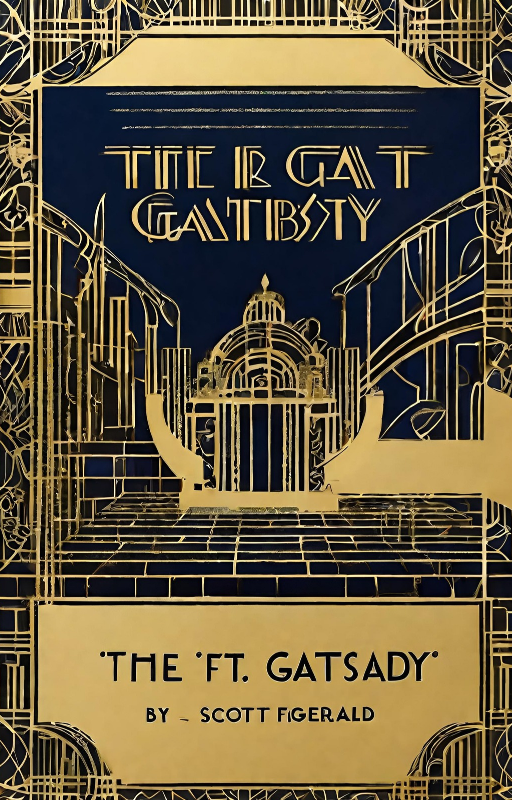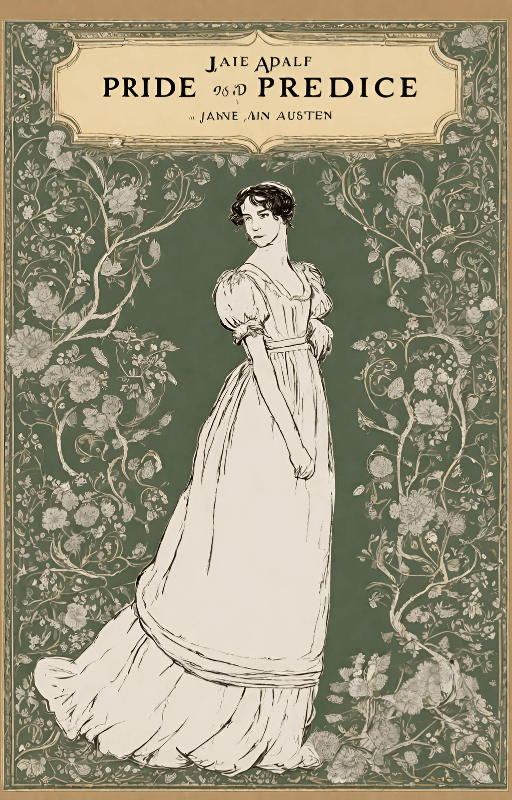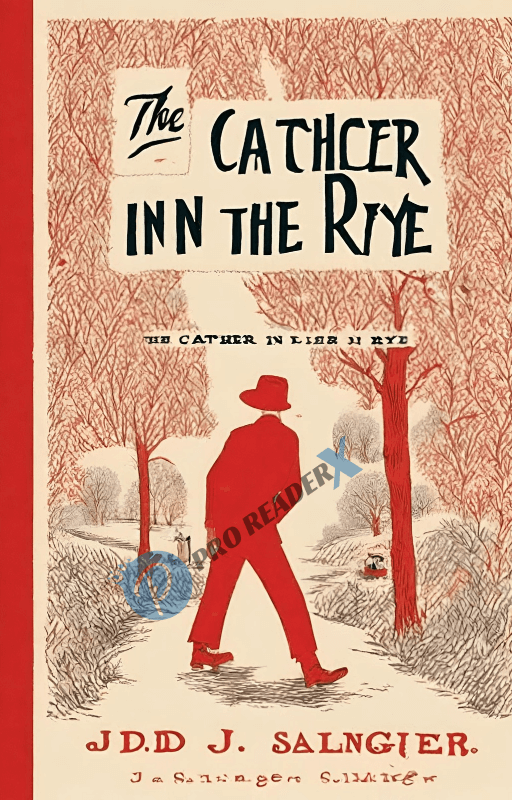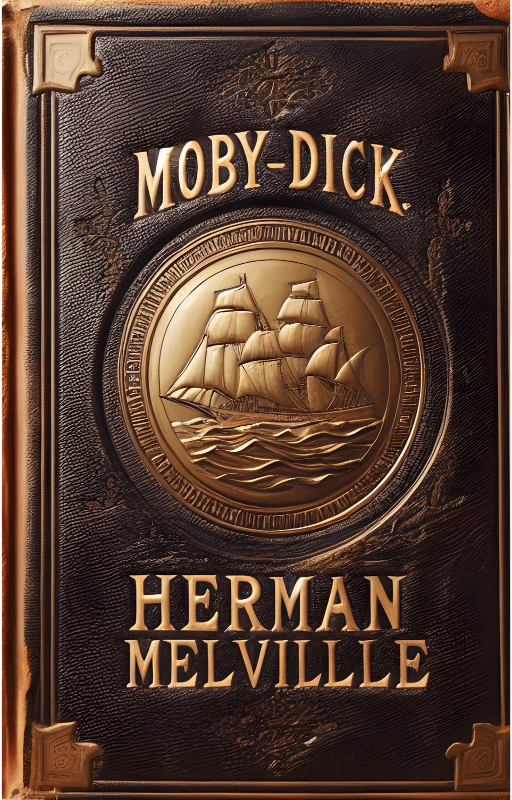Introduction
Hello there, book enthusiasts! Today, we’re delving into Kathryn Stockett’s enthralling novel The Help. With its rich characters and captivating plot, this work provides an in-depth look at the intricacies of racial relations in the 1960s American South. Are you ready to experience the lives of Skeeter, Aibileen, and Minny? Let’s start!
Overview of The Help
Setting
“The Help” takes place in Jackson, Mississippi, in the early 1960s, when the Civil Rights Movement was gathering traction. The town’s atmosphere is filled with racial hatred, providing a compelling backdrop for the story’s events.
Main Characters
Skeeter Phelan
Skeeter is a young, white journalist just out of college. She’s driven to leave her imprint on the world with goals greater than her small-town life. Skeeter’s interest in the experiences of the black maids in her community drives the story onward.
Aibileen Clark
Aibileen is an intelligent and caring black maid who has spent her entire life parenting white children. She is grieving the recent loss of her kid, which adds dimension to her character and drives her engagement in Skeeter’s effort.
Minny Jackson
Minny, Aibileen’s best friend, is known for her sharp tongue and fantastic cooking abilities. Despite her strong demeanor, Minny’s sensitivity and tenacity peek through, particularly in her dealings with an abusive spouse.
Plot Summary
Beginning
The narrative begins with Skeeter returning home from college to discover that her beloved childhood maid, Constantine, has suddenly gone. This piques her curiosity about the lives of the black maids who serve her friends and neighbors.
Middle
Skeeter begins interviewing Aibileen and other maids, discovering painful and inspirational stories about their lives. This covert endeavor is risky; if found, it might have severe consequences for everyone involved. Meanwhile, Minny tackles her issues at home and work, drawing strength and comfort from her friends’ support.
Climax
The finale of “The Help” is powerful and moving. Skeeter, Aibileen, and Minny’s book, which they had been working on, is released anonymously. The village is buzzing with rumors, and the maids are on edge, dreading discovery and revenge.
Themes
Racism and Segregation
The film “The Help” dives deep into the South’s ingrained prejudice and segregation in the 1960s. It highlights the inequities black maids encounter and the fortitude required to oppose the current order.
Courage and Change
The novel emphasizes the courage necessary to create change. Skeeter’s resolve, Aibileen’s calm strength, and Minny’s defiance demonstrate the many types of courage required to challenge conventional standards.
Friendship and Solidarity
At its foundation, “The Help” is a tale of camaraderie and solidarity. The link between Skeeter, Aibileen, and Minny crosses racial lines, demonstrating the strength of togetherness in tragedy.
Writing Style and Structure
Narration
Stockett adopts a rotating first-person narrative, allowing readers to experience Skeeter, Aibileen, and Minny’s thoughts and feelings firsthand. This multiple-perspective method enhances the storyline.
Language
The vocabulary of “The Help” is both vivid and understandable. Stockett nails her characters’ particular personalities, making their stories accurate and accessible.
Reception and Impact
Critical Reception
When it first came out, “The Help” gained significant appreciation for its emotional storyline and well-drawn characters. Critics appreciated Stockett’s ability to approach complicated societal topics with empathy and nuance.
Cultural Impact
Beyond its literary triumph, “The Help” provoked significant discussions about race and history. It also spawned a blockbuster film adaption, solidifying its status in popular culture.
Conclusion
“The Help” by Kathryn Stockett is more than simply a book; it’s a profound investigation of humanity, bravery, and the pursuit of justice. Its fascinating characters and captivating plot challenge readers to think about the past and examine the reforms still required now. So, whether you’re reliving this classic or finding it for the first time, “The Help” promises to be an emotional and thought-provoking experience.
FAQs
Q1: Is “The Help” based on genuine events?
A1: “The Help” is a work of fiction. However, it is based on historical events and cultural challenges from the 1960s.
Q2: Why is the book called “The Help”?
A2: The title relates to the story’s principal black maids, whom their owners frequently call “the help.”
Q3: What prompted Kathryn Stockett to write “The Help”?
A3: Stockett was influenced by her childhood experiences in the South and stories told by her family’s maid.
Q4: How is the book different from the film adaptation?
A4: While the film adheres to the main narrative, several elements and subplots are changed or deleted for cinematic reasons.
Q5: What are the major themes in “The Help”?
A5: Important themes include racism, courage, change, friendship, and unity.
